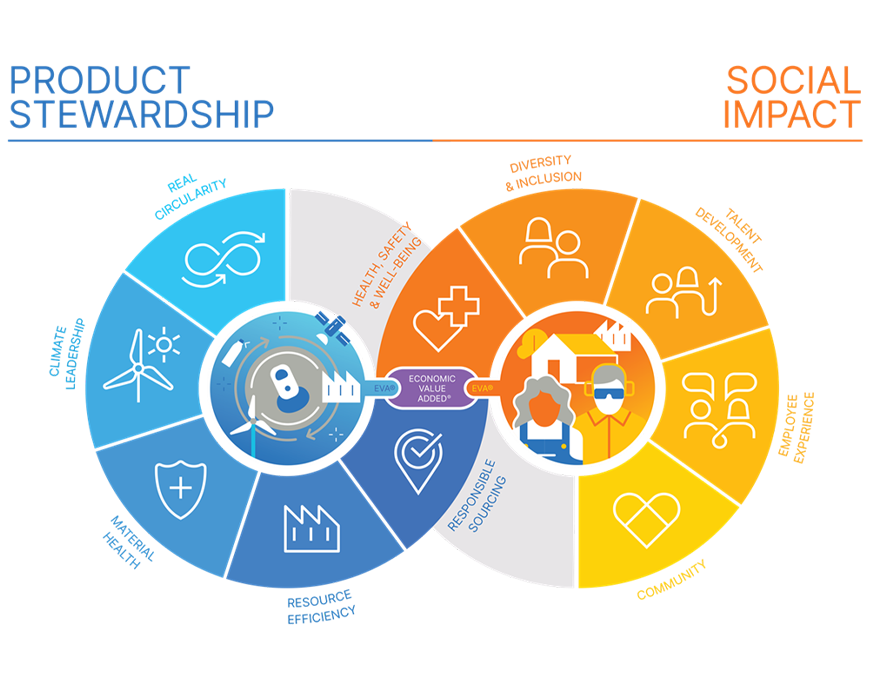
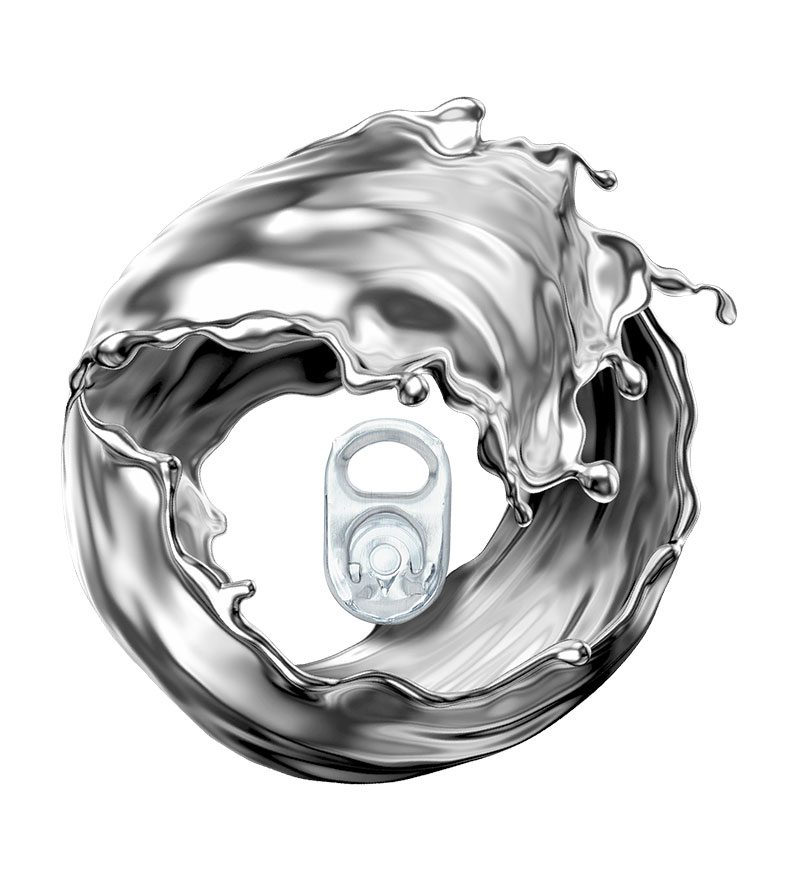
Real Circularity
Create the perfect circle for our packaging products in which materials can be in use in perpetuity.
- Align the industry to achieve a 90% global recycling rate for aluminum beverage cans, bottles and cups.
- Work together with our supply chain partners to achieve an 85% average recycled content in the aluminum used to produce beverage cans, bottles and cups in the regions where we operate.
- Launch second generation of ReAl® aerosol container technology with 75% recycled content.




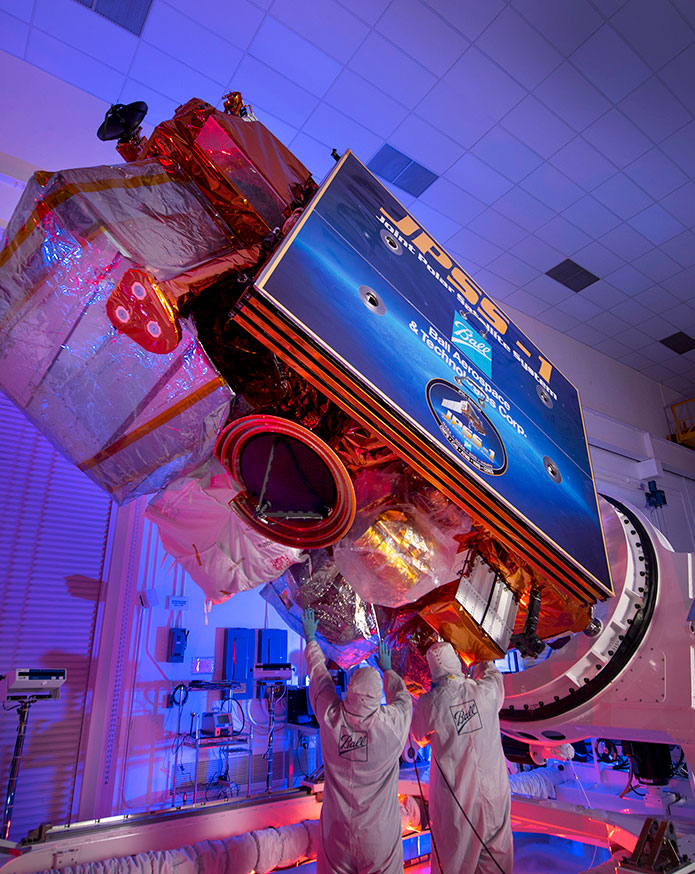
Climate Leadership
Advance climate science and achieve net zero carbon emissions prior to 2050.
- Reduce absolute Scope 1 and 2 greenhouse gas emissions by 55% and absolute Scope 3 emissions by 55% (against a 2017 baseline, approved science-based target).
- Achieve 100% renewable electricity globally by 2030, with an interim target of 75% by 2025.
- Deliver three aerospace missions which study climate, air quality and weather/land imaging to inform science and policy that advance social and environmental justice across the planet (2025).



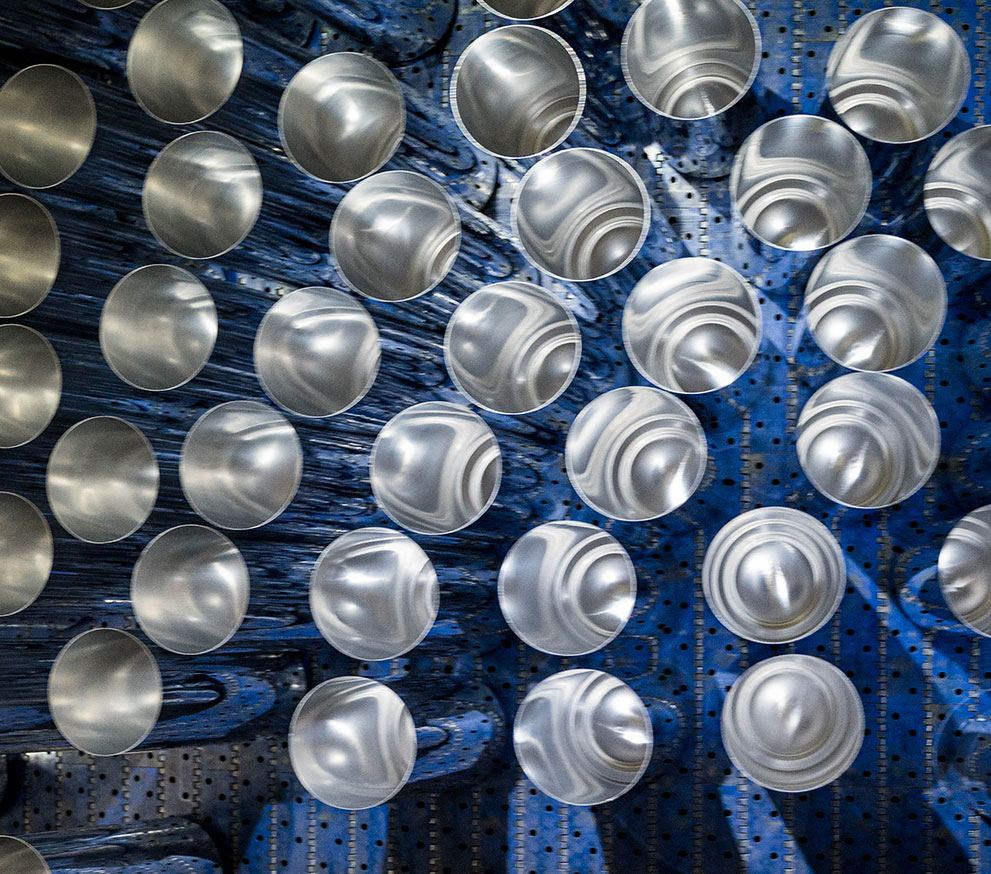
Material Health
Ensure our packaging products meet the highest standards for material health to protect human health and the environment.
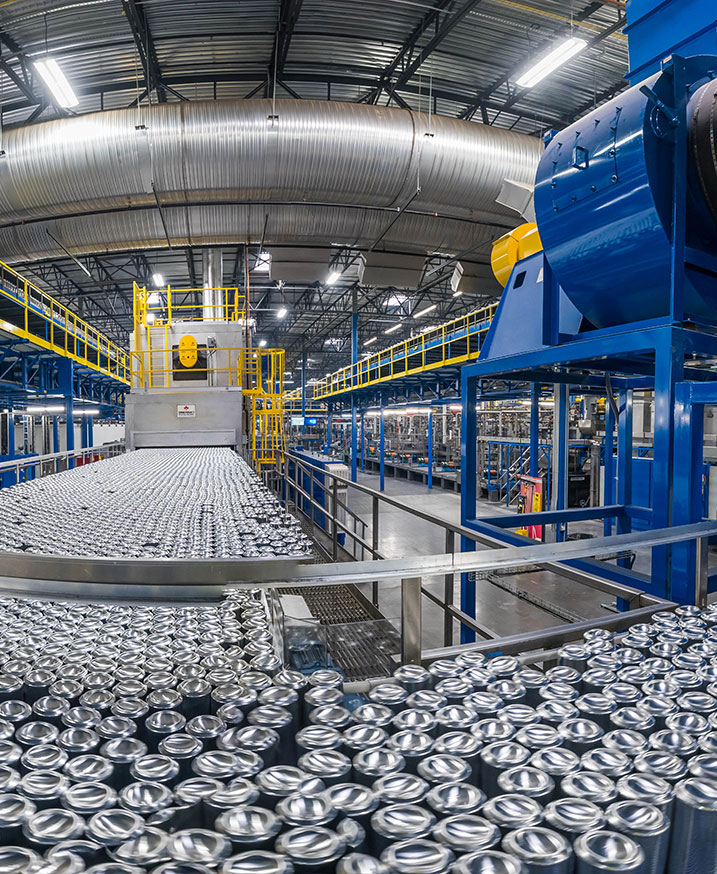
Resource Efficiency
Decouple growth of our business from resource use in our operations with a focus on aluminum, energy, and water use.
- 80% of global beverage can production with weight-optimized STARcan dome designs, and 50% global aerosol can production with lightweight ReAl alloy (combined, saving greenhouse gas emissions of more than 320,000 metric tons during the first five years of the 2020-2030 goal period).
- 30% energy efficiency improvement (electricity and natural gas) in can manufacturing (2020-2030).
- 50% water efficiency improvement in can manufacturing, with a minimum 30% improvement across existing facilities (2020-2030).




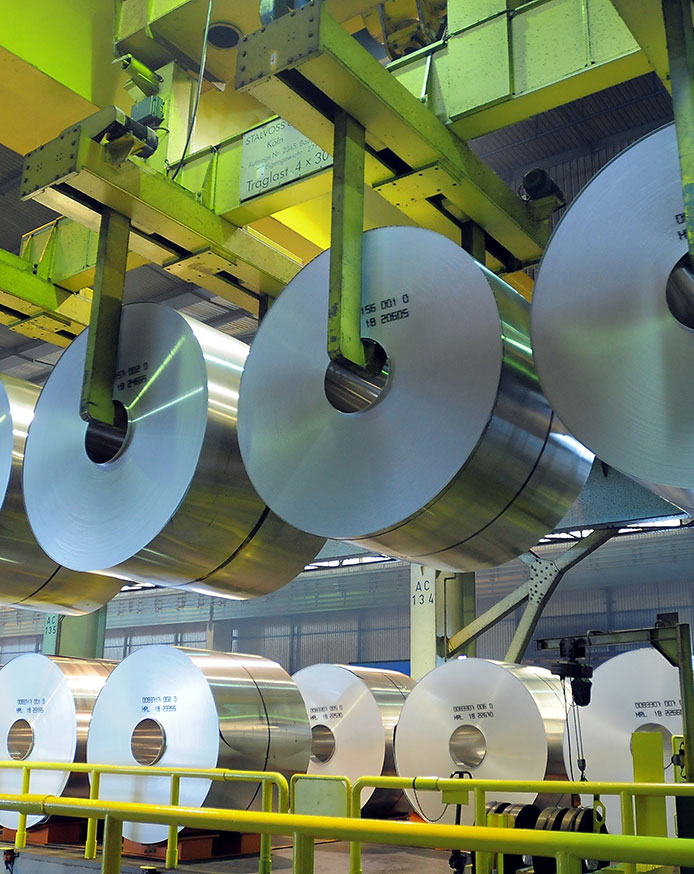
Responsible Sourcing
Be part of a responsible and transparent value chain to grow our business and manage our risks.
- 100% of aluminum purchased comes from certified sustainable sources.
- Strengthen Ball’s supplier diversity program and double our annual spend with diverse suppliers in the U.S. (2020 baseline: $107 million).
- Annually assess environmental, social and governance practices of all critical suppliers with an annual spend of $5 million or more, and ensure corrective actions are being implemented where suppliers fall short of Ball’s requirements.




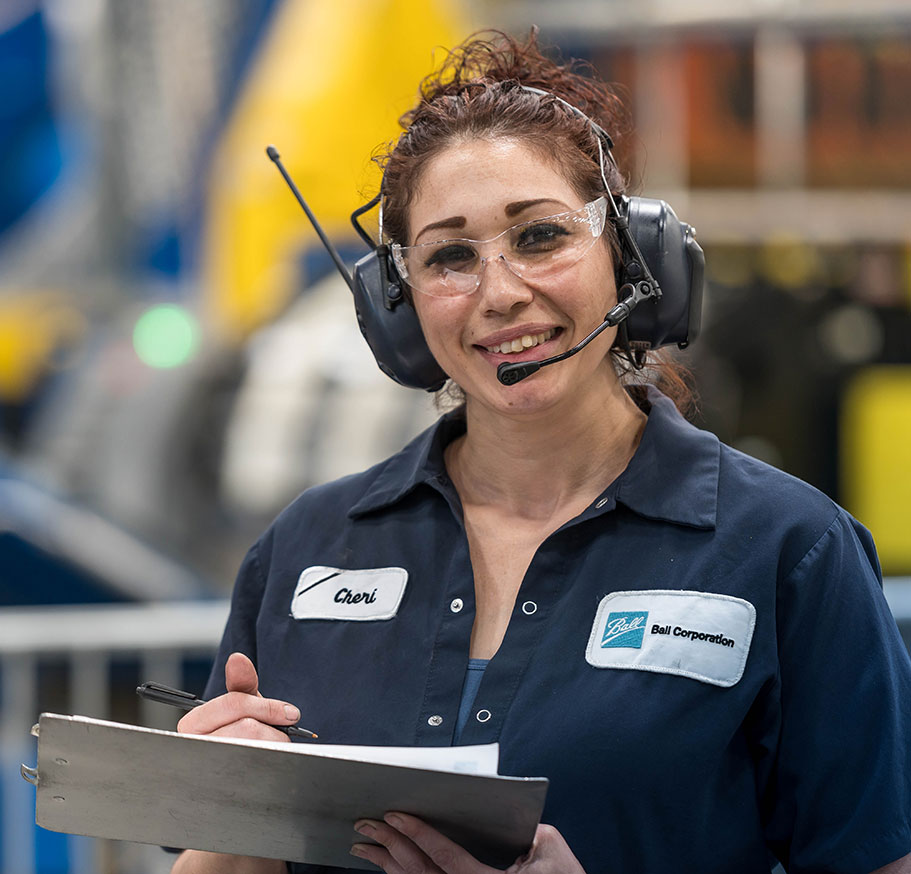
Health, Safety & Well-Being
Every employee, contractor and visitor gets home safe every day, and employees are supported with well-being resources to promote a healthy, engaged and productive workforce.
- On our journey to create a safety culture where zero injuries is a reality, we are committed to achieving a 25% reduction in our Total Recordable Incident Rate (2020-2030).
- Enable all employees and their families to thrive as their authentic selves by providing resources focused on their physical, mental and financial well-being.

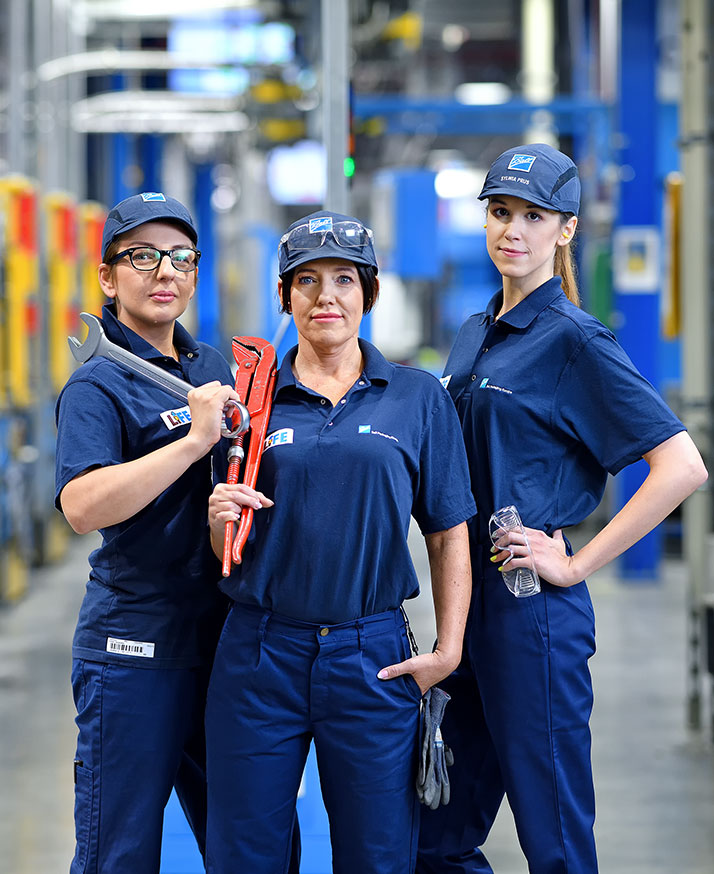
Diversity & Inclusion
Increase the representation of underrepresented groups in our workforce, and provide equal opportunities for career development and progression to maximize the potential and impact made by all employees.
Our businesses and regions are facing unique D&I challenges and opportunities, each of them have set their own 2025 D&I goals.
- Beverage Packaging North & Central America: Increase female representation from 10% (2020) to 18%.
- Beverage Packaging South America: Increase race/ethnicity (non-white) diversity in new hires from 31% (2020) to 47%.
- Beverage Packaging EMEA: Achieve a 25% female recruitment rate for all manufacturing roles (baseline: 5% women in production roles in 2020).
- Ball Aerosol Packaging: Increase female representation from 22% (2020) to 28%.
- Ball Aerospace: Increase race/ethnicity (non-white) diversity from 17% (2020) to 20%.
- 100% of our workforce participates in unconscious bias training, focusing on thinking, meeting and speaking inclusively.


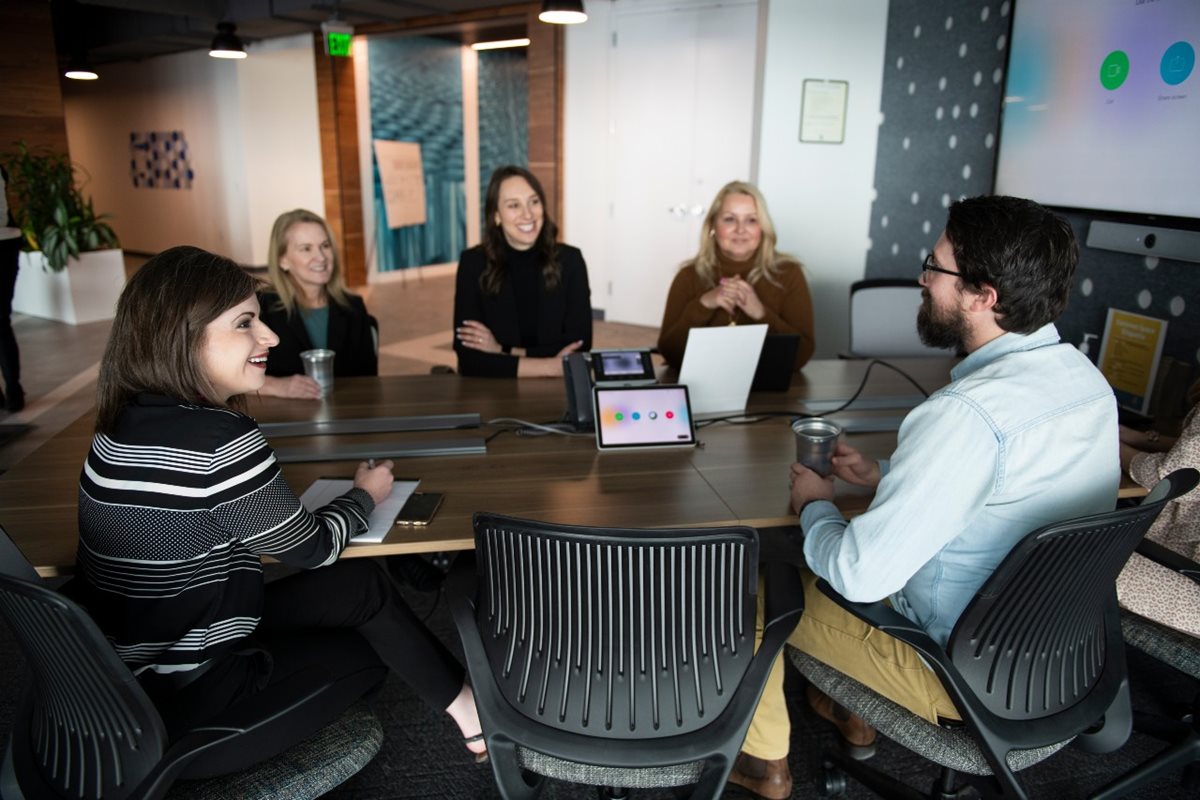
Talent Development
Develop a competitively skilled and capable workforce to drive our growth.
- Create and launch graduate/entry-level and intern programs across all regions with a focus on engineering and operations to build skills and a diverse pipeline of critical talent.
- 100% of manufacturing employees participate in industry-leading technical training, which will significantly shorten the time required to develop world-class can makers.
- 100% of computer-based employees in our global packaging businesses and corporate offices will leverage the Ball Learning Library, supporting the development of a competitively skilled and capable workforce.
- 100% of people leaders participate in at least one leadership development experience each year.


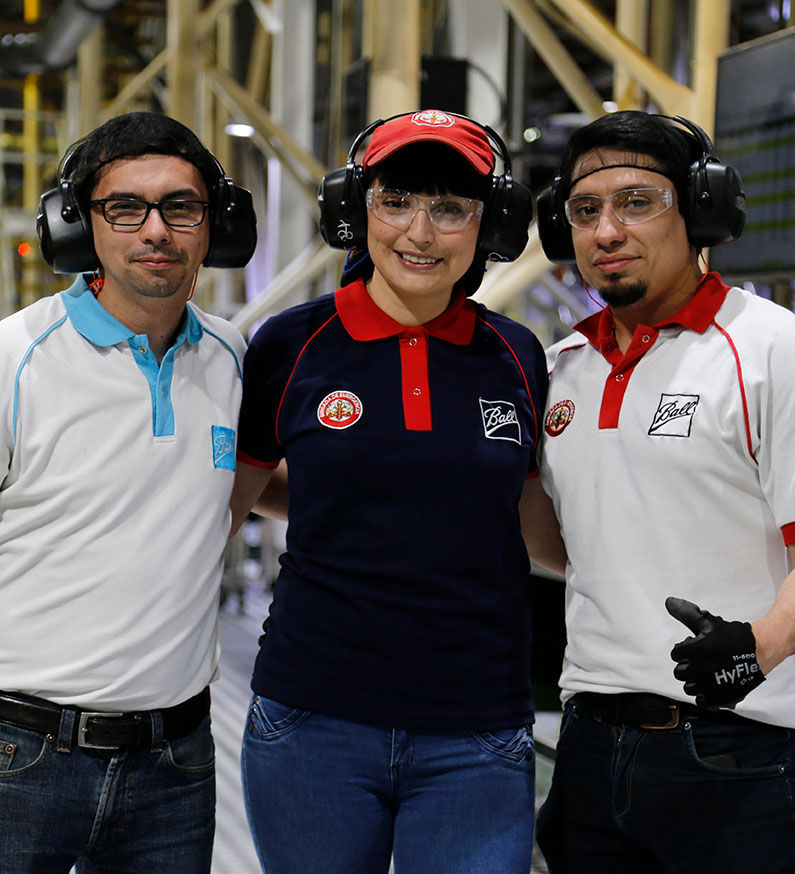
Employee Experience
Cultivate an employee experience in which all employees feel like they belong, can thrive and be heard.
- Develop and deploy an expanded employee feedback system and listening strategy, yielding timely and targeted data to better understand and shape the employee experience and address issues relevant to each population.
- Ensure Ball's Employee Value Proposition, including our values and what we stand for as a company, is delivered and experienced consistently around the world and evaluated through our flexible employee listening strategy.
- Expand Ball Networks and Ball Interest Groups globally to help strengthen employee connections and communities for personal and professional growth.





Community
Enrich the communities where we live and work through the Ball Foundation, corporate giving, employee giving and volunteerism.
- Enable 100% of employees to give and volunteer, and achieve a 35% participation rate globally (2025).
- Extend sustainability and STEM education program globally and expand outreach to students, teachers and facilitators by 60% (2025).
- Proactively leverage Ball products (inclusive of beverage packaging, aerospace technology, aerosol and cups) for good and donate at least $1 million of in-kind donations (2025).




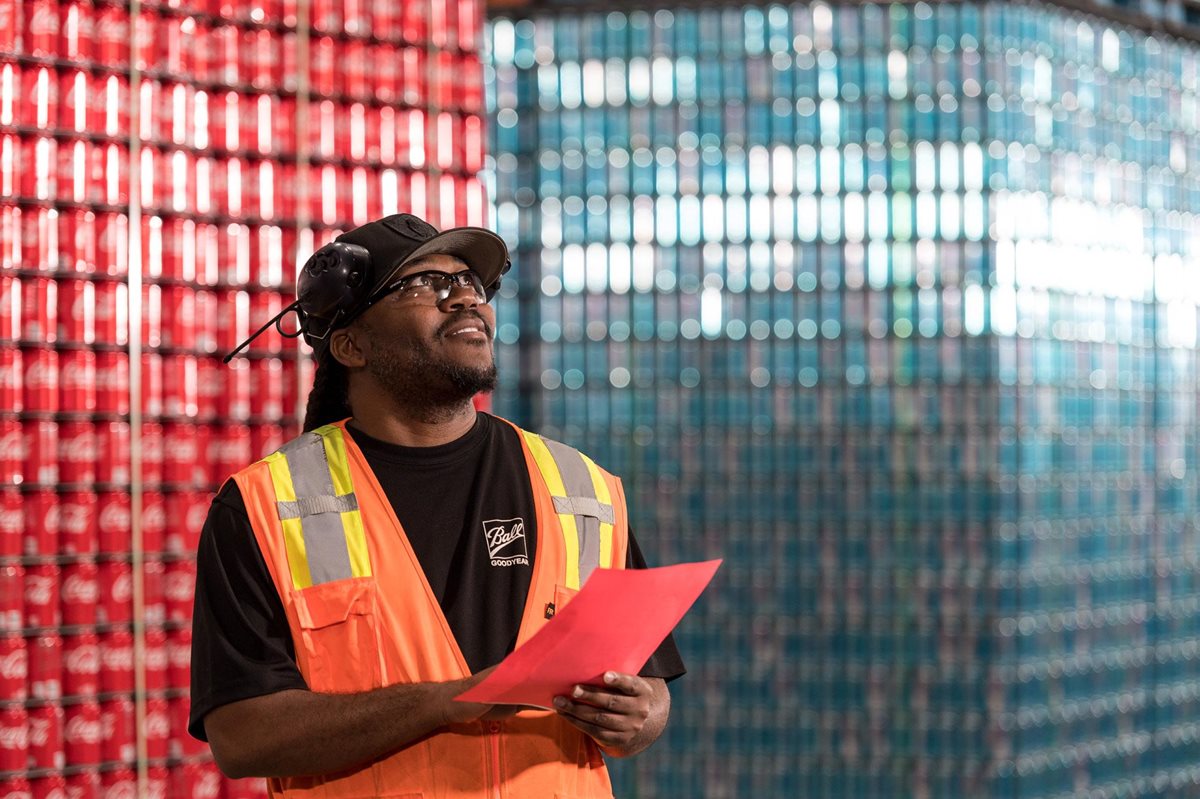
Financial Goals
Our time is now. Never before have we had greater clarity of what we believe in and how we will achieve our goals.
We know we have the right capabilities, people and products to grasp the opportunities in front of us, and we are ready to enhance our benchmark for excellence and lead the way.
Our long-term financial goals are:
- Grow comparable diluted earnings per share by at least 10 to 15% per year over the long term.
- Double cash from operations by year-end 2025 from a base of year-end 2019.
- Generate at least 9% after-tax returns on capital employed.
- Grow EVA dollars generated on average invested capital base by at least 4 to 8% per year over the long term.
- Achieve and maintain optimal capital structure of 3.0 – 3.5X net debt to comparable EBITDA.
- Consistently allocate capital by investing in organic growth capital and returning value to shareholders via dividends and share repurchases.
Ball 2030 Sustainability Goals
2020 SUSTAINABILITY GOALS – ACHIEVEMENT STATUS
Ball published year-end 2020 sustainability goals in 2016. Setting the groundwork for our ambitious 2030 goals above, they were backed by detailed, shorter-term goals in each business, region and at the plant-level. Ball achieved almost all of the goals established, such as setting a science-based greenhouse gas emission reduction target, improving water and energy efficiency by more than 5%, and rolling out both Diversity and Inclusion and Community Ambassadors programs globally.
Ball did not achieve its 2020 goal to reduce waste generation per unit of production 6% by 2020 against a 2016 baseline. As part of Ball’s commitment to Real Circularity we completed an extensive internal and external review of our monthly waste data. As a result of this review, Ball identified a few instances where country-specific mandatory waste reporting requirements resulted in more comprehensive regional reporting than Ball’s global data monitoring. This discrepancy was a result of how the data are categorized – Ball collects its global waste data into 8 broad waste treatment categories while country-specific data are compiled into numerous and varied waste categories depending on country-specific mandatory waste reporting requirements. To further improve waste data collection moving forward, Ball is updating the standardized waste data collection and guidance documents for its global operations. Although absolute waste volumes increased from 2016 – 2020, the amount of waste reused or recycled increased 49% while amount of waste sent to landfill decreased 47% over the same period.
Click here to see the status of all 2020 goals
FORWARD LOOKING STATEMENT
This document contains "forward-looking" statements concerning future events and financial performance. Words such as "expects," "anticipates," "estimates," "believes," and similar expressions typically identify forward-looking statements, which are generally any statements other than statements of historical fact. Such statements are based on current expectations or views of the future and are subject to risks and uncertainties, which could cause actual results or events to differ materially from those expressed or implied. You should therefore not place undue reliance upon any forward-looking statements and any such statements should be read in conjunction with, and qualified in their entirety by, the cautionary statements referenced below. The Company undertakes no obligation to publicly update or revise any forward-looking statements, whether as a result of new information, future events or otherwise. Key factors, risks and uncertainties that could cause actual outcomes and results to be different are summarized in filings with the Securities and Exchange Commission, including Exhibit 99 in our Form 10-K, which are available on our website and at www.sec.gov. Additional factors that might affect: a) our packaging segments include product capacity, supply, and demand constraints and fluctuations and changes in consumption patterns; availability/cost of raw materials, equipment, and logistics; competitive packaging, pricing and substitution; changes in climate and weather; footprint adjustments and other manufacturing changes, including the startup of new facilities and lines; failure to achieve synergies, productivity improvements or cost reductions; unfavorable mandatory deposit or packaging laws; customer and supplier consolidation; power and supply chain interruptions; changes in major customer or supplier contracts or loss of a major customer or supplier; political instability and sanctions; currency controls; changes in foreign exchange or tax rates; and tariffs, trade actions, or other governmental actions, including business restrictions and shelter-in-place orders in any country or jurisdiction affecting goods produced by us or in our supply chain, including imported raw materials; b) our aerospace segment include funding, authorization, availability and returns of government and commercial contracts; and delays, extensions and technical uncertainties affecting segment contracts; c) the Company as a whole include those listed above plus: the extent to which sustainability-related opportunities arise and can be capitalized upon; changes in senior management, succession, and the ability to attract and retain skilled labor; regulatory action or issues including tax, environmental, health and workplace safety, including U.S. FDA and other actions or public concerns affecting products filled in our containers, or chemicals or substances used in raw materials or in the manufacturing process; technological developments and innovations; the ability to manage cyber threats; litigation; strikes; disease; pandemic; labor cost changes; rates of return on assets of the Company's defined benefit retirement plans; pension changes; uncertainties surrounding geopolitical events and governmental policies both in the U.S. and in other countries, including policies, orders, and actions related to COVID-19; reduced cash flow; interest rates affecting our debt; and successful or unsuccessful joint ventures, acquisitions and divestitures, and their effects on our operating results and business generally.
SUSTAINABILITY STATEMENTS DISCLAIMER
The information contained in this presentation or in any sustainability-related section of Ball’s website may contain estimates, predictions, and forward-looking statements concerning past and future data, information, events, growth, and trends, including related to Ball’s financial and sustainability performance and progress. Words such as "expects," "anticipates," "estimates," "believes," similar expressions, and any charts, graphs, tables, or timelines conveying expectations, estimates, beliefs, targets, goals, visions, objectives, or similar concepts typically identify forward-looking statements, which are generally any statements other than statements of historical fact. Such statements may be based on current expectations, trends, and views of the future and possible outcomes, and such statements are subject to risks and uncertainties. Actual developments, results or events are likely to differ materially from those expressed, anticipated, or implied. Such trends, developments, and potential outcomes, especially those related to sustainability, are often mostly or entirely outside of our reasonable control. Additionally, data, information and predictions related to sustainability trends, expectations, growth, and effects on our company and our industry are inherently uncertain. You should therefore not rely upon any information on this website, and such information should be read in conjunction with, and, qualified in their entirety by, any cautionary statements and disclaimers, including this cautionary statement and any “forward-looking” statement disclaimer. Except where expressly indicated, discussions of sustainability-related developments do not indicate that such developments will have any impact on Ball or on our industry. Ball undertakes no obligation to publicly update or revise data, information, estimates, predictions, discussions, views, proposals, positions, recommendations, or analysis whether as a result of new information, future events, or otherwise.

